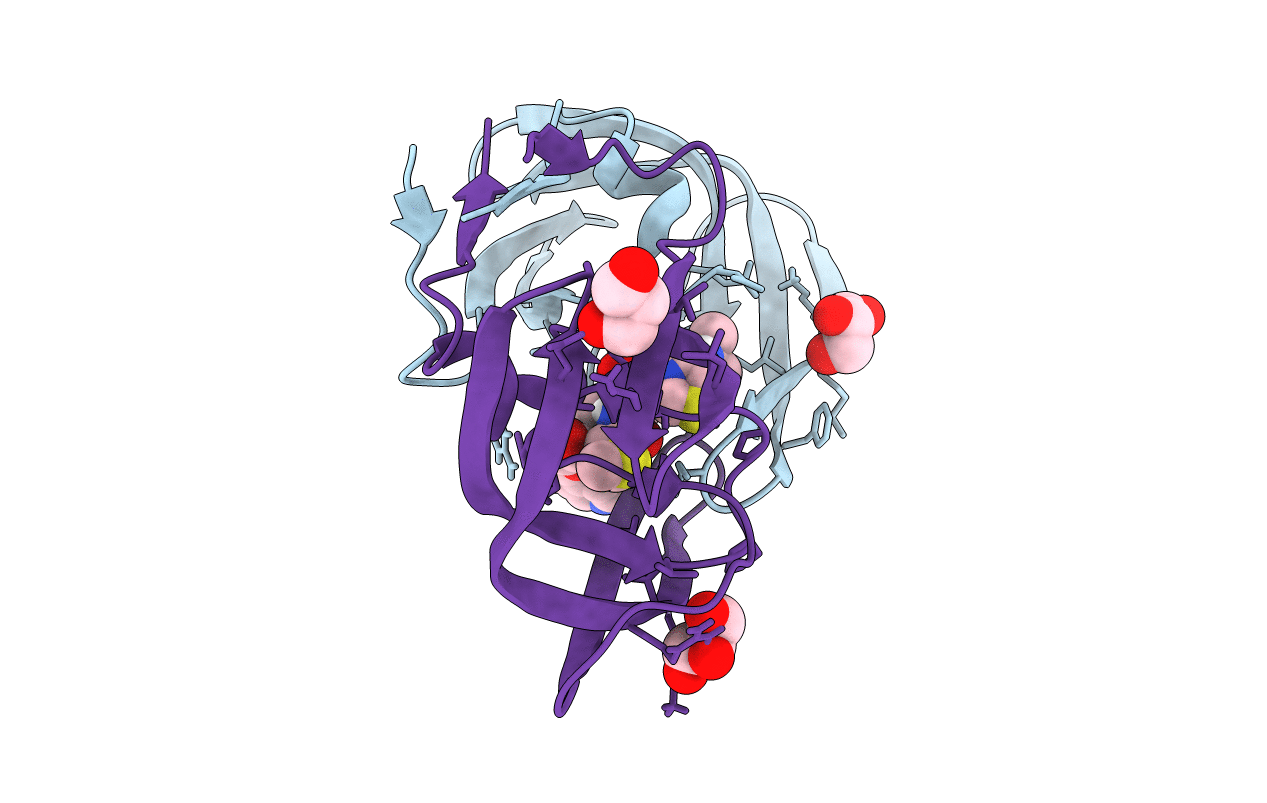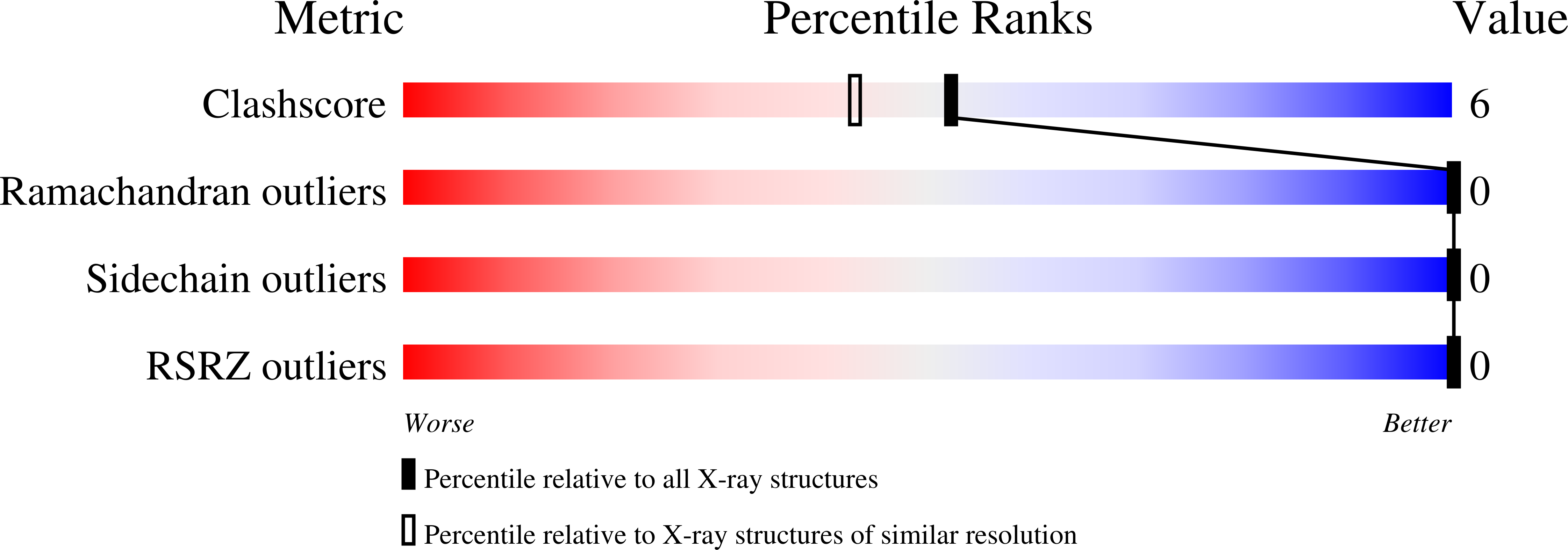
Deposition Date
2009-01-20
Release Date
2009-03-24
Last Version Date
2023-11-01
Entry Detail
PDB ID:
3FX5
Keywords:
Title:
Structure of HIV-1 Protease in Complex with Potent Inhibitor KNI-272 Determined by High Resolution X-ray Crystallography
Biological Source:
Source Organism:
Human immunodeficiency virus 1 (Taxon ID: 11676)
Host Organism:
Method Details:
Experimental Method:
Resolution:
0.93 Å
R-Value Free:
0.12
R-Value Work:
0.10
Space Group:
P 21 21 2


